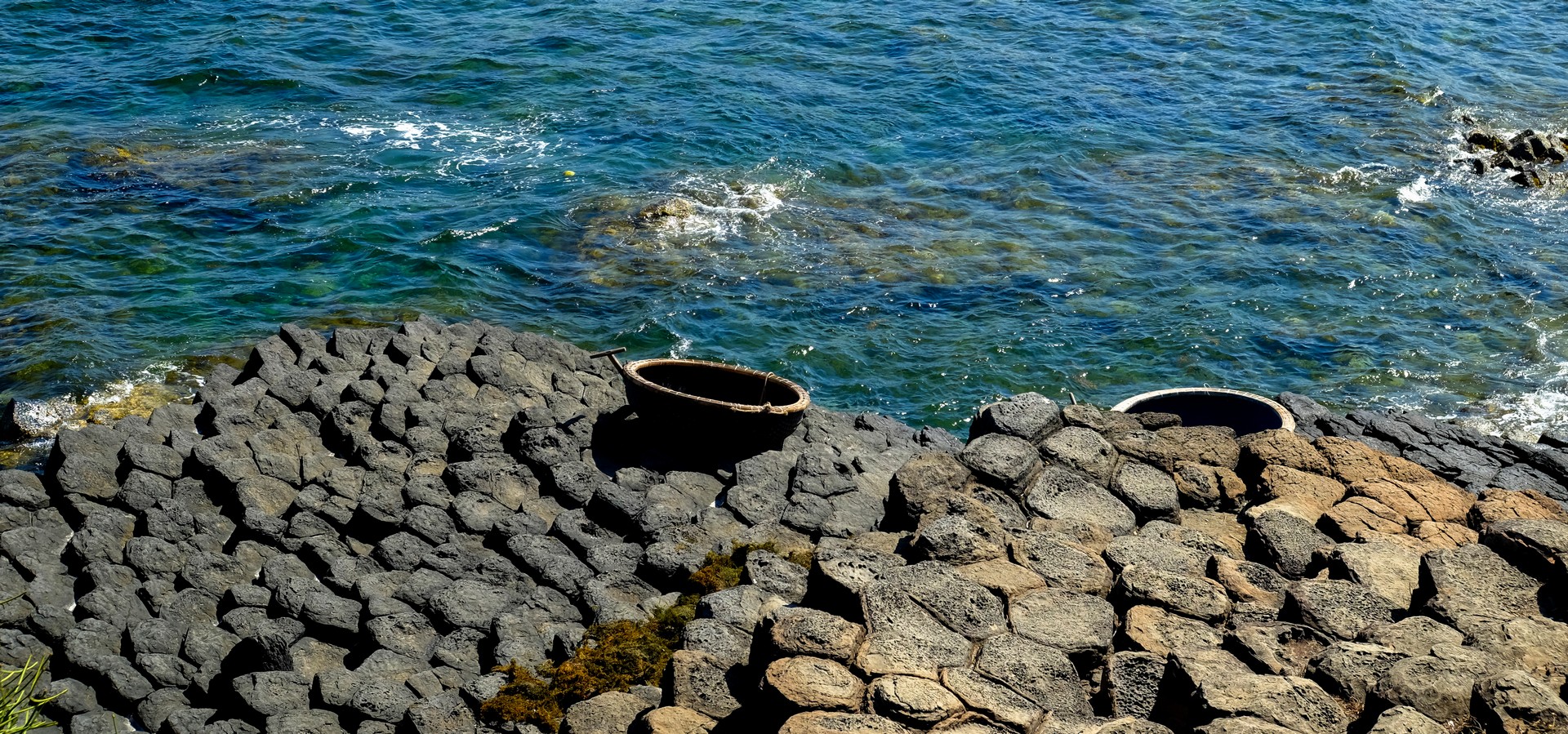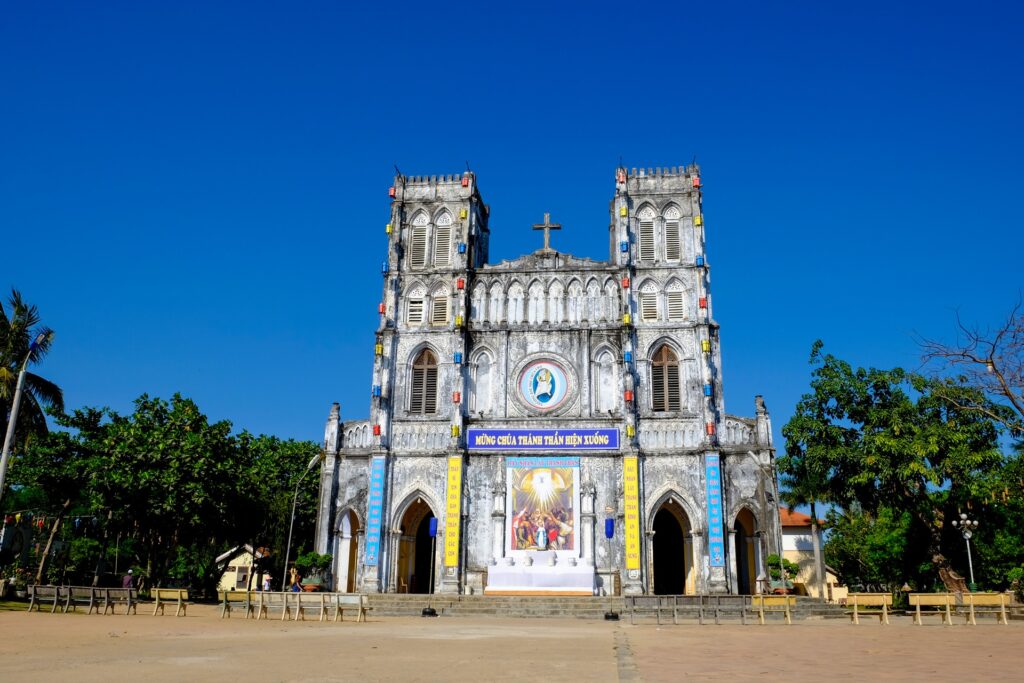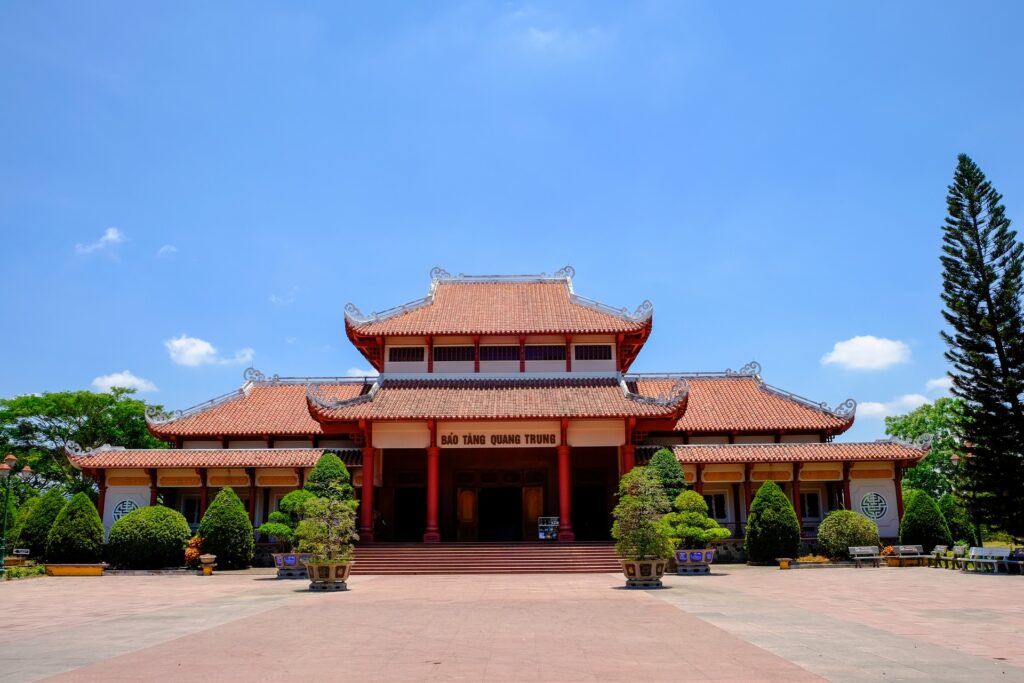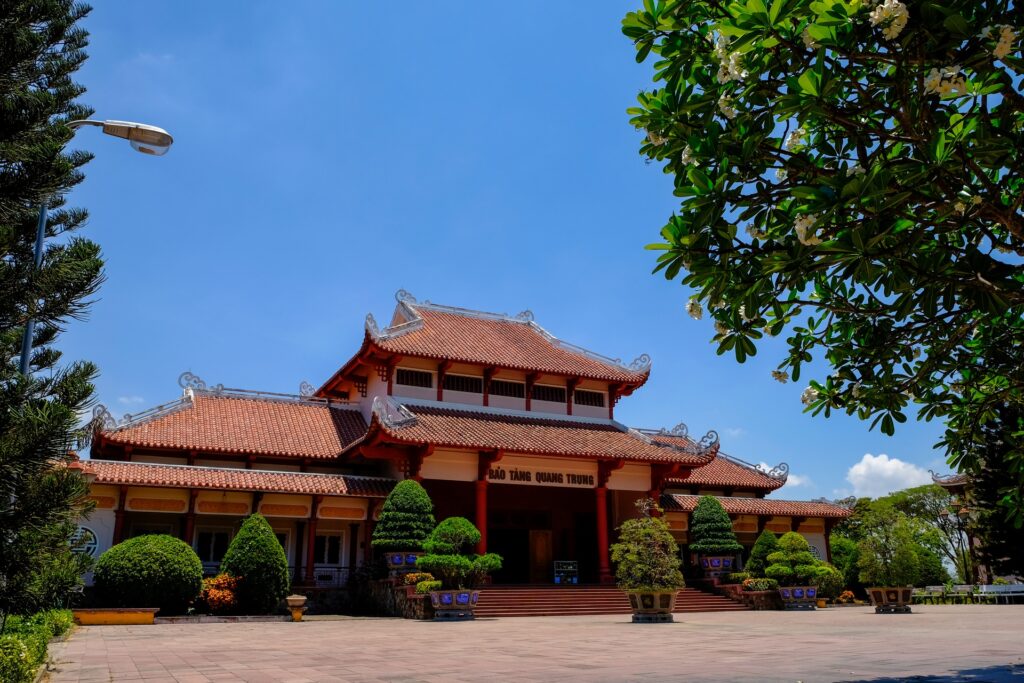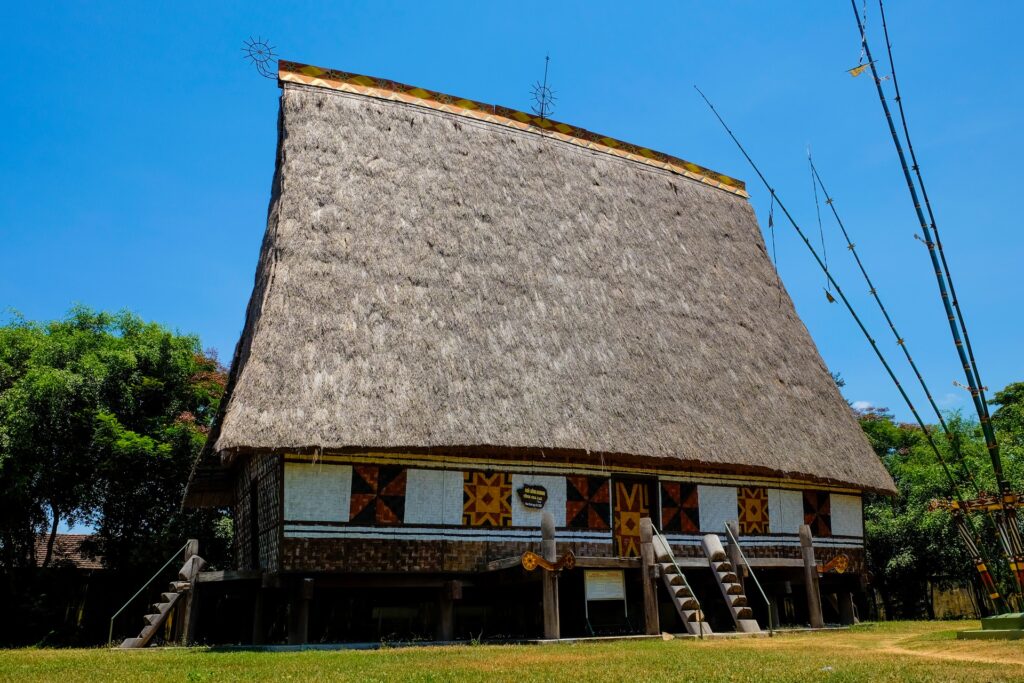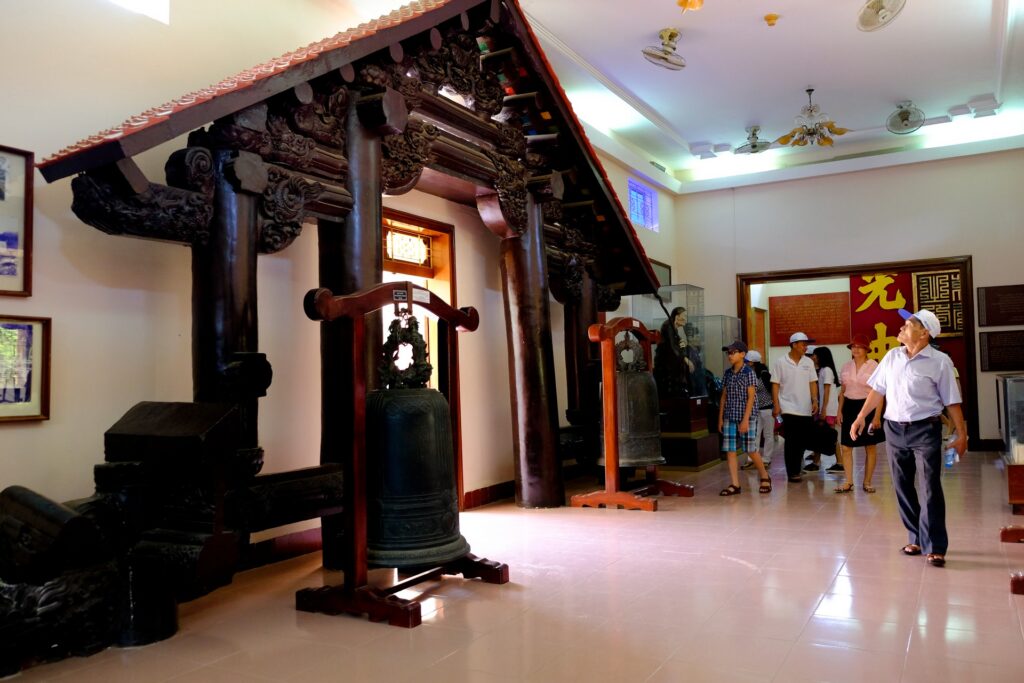Quy Nhon
Quy Nhon is known as the capital city of Binh Dinh coastal province. Although highly underrated by both locals and international tourists, the city’s extraordinary beauty exudes original purity and tranquility.
Location and history
Quy Nhon City lies on a small peninsula in the southeast of Binh Dinh province, on the South Central Coast of Vietnam. The distance from Quy Nhon to Nha Trang is approximately 200km, to Danang is more than 300km, which is half of the distance from Ho Chi Minh City. The city’s locale is captivating facing the blue sea and leaning on mountainous territory in the backdrop. Quy Nhon climate is classified as tropical savanna with hot and sticky summer from April to September and cold winter with monsoon heavy rain from late September to December. The temperatures are mild and temperate, usually at 32C neither exceeding 37C nor dropping to below 25C.
Quy Nhon was officially founded in the 18th century and established as a city in 1986 but its origin stretched back to the 11th century during the Cham Emperor. The city is the birthplace of King Quang Trung and played a significant role in the Tay Son rebellion and Vietnam-American War also.
Quy Nhon – a far-flung tourist destination for international travelers
The best thing to mention about Quy Nhon perhaps is that this beach city remains untouched and is still far off the radar of foreign tourists and mass tourism. There is very little information about Quy Nhon in English and it also doesn’t have a close link to major tourist hotspots like Hue and Danang. Indeed, it’s not the vibrant development in tourism and infrastructure but the charming sceneries and hospitable locals here make Quy Nhon a rare gem hidden in plain sight for tourists to discover.
Quy Nhon – where history co-exists with modernity
Places with well-preserved historical sites are scarce but in Quy Nhon, you can delve into Cham Emperor and its culture through several ruins such as Banh It Cham Towers, Duong Long Cham Towers, and the Twin Towers. Alongside protecting thousand-year-old structures, Quy Nhon has step by step developed to keep up with the fast-paced life. A clear example of this is the impressive change of Ky Co-Eo Gio tourist site. It becomes the best-known and most check-in spot for all tourists. Generously spreading across around Eo Gio beach area are multiple 5-star resorts complete with superior services and amenities.
Quy Nhon – an irresistible call for freshly-caught seafood and local specialties
This city is a haven for a variety of seafood. Along the coastal street, you can find an array of open-air restaurants offering sumptuous seafood dishes like oysters, jellyfish, prawns, and so on. Seafood asides, tourists coming to Quy Nhon cannot miss ‘banh it la gai’, ‘banh beo chen’, ‘banh hoi’, ‘nem cho Huyen’ and many other delicious regional delicacies.
How to get there
On the halfway between Hoi An and Nha Trang, there are a number of ways to get to Quy Nhon. The fastest and easiest way is by air. From Hanoi and Ho Chi Minh City, there are a couple of domestic airlines providing flights to Phu Cat Airport. The second option is by train. Dieu Tri Railway Station, located on the main Vietnam North-South Reunification line is the major station of the city. Alternatively, travelers from Ho Chi Minh City can take the daily train to Quy Nhon Railway Station. The train ticket price is very reasonable and the view from the outside through glass windows is breathtaking. Besides, tourists can opt to transfer by private car, shuttle bus but not highly recommended.

Loan Tran
Traveling and having personally touched experiences of luxurious services; exploring new, attractive and unique products at each destination is my great passion during the last two decades of working in traveling industry. For me, traveling is all about memories and experiences.

